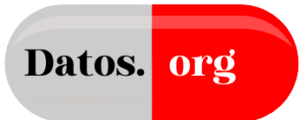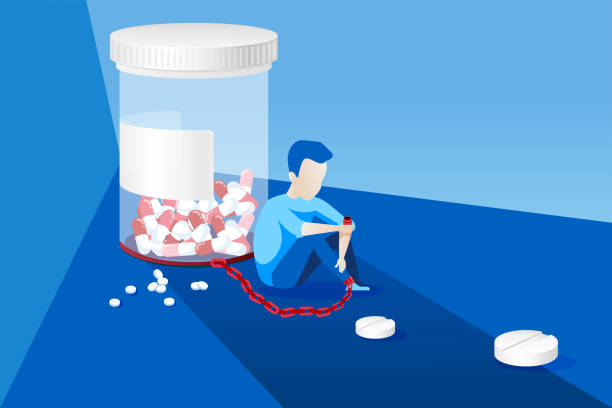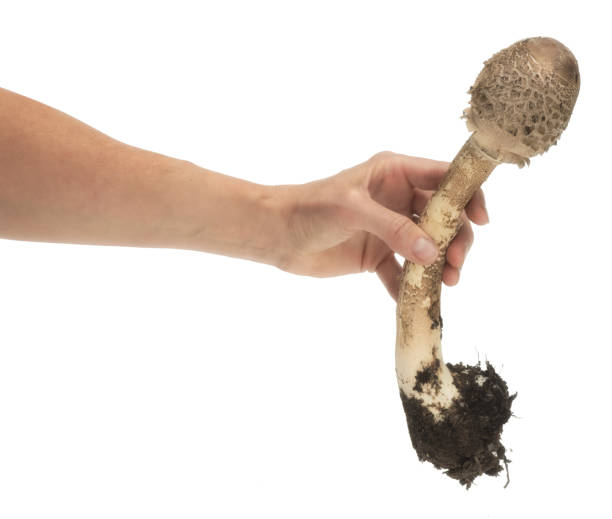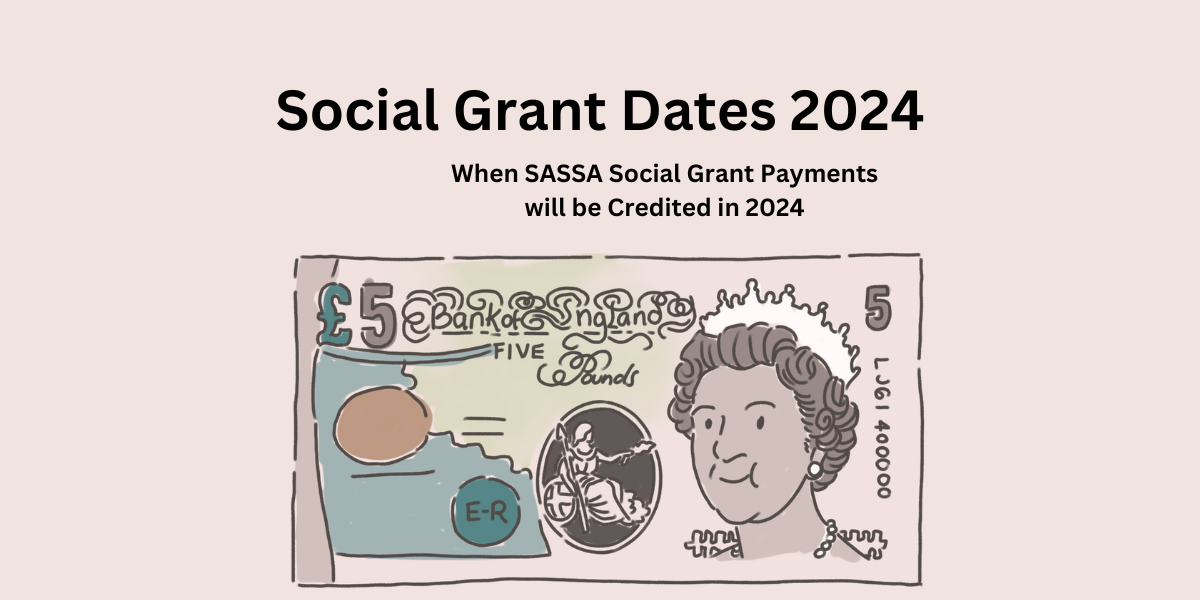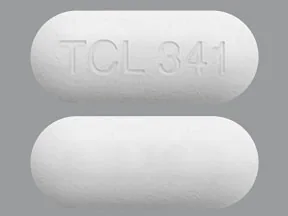Drug addiction, also known as substance use disorder, is a chronic brain disorder characterized by compulsive drug seeking and use, despite harmful consequences. It is considered a brain disorder because it involves functional changes to brain circuits involved in reward, stress, and self-control. Those changes may last a long time after a person has stopped taking drugs.
Substance use disorder is a spectrum disorder, meaning that it can range from mild to severe. People with mild substance use disorder may experience some negative consequences from their drug use, but they can still function in their daily lives.
People with severe substance use disorder may experience significant problems in their lives, such as losing their job, getting into legal trouble, or having health problems.
There are many different types of drugs that can lead to addiction, including alcohol, prescription drugs, and illegal drugs.
- Some common signs and symptoms of substance use disorder
- Symptoms of drug addiction
- Recognizing unhealthy drug use in family members
- Recognizing signs of drug addiction, use, or intoxication
- Some additional symptoms are:
- Marijuana, hashish and other cannabis-containing substances
- K2, Spice and bath salts
- Some other facts are:
- Barbiturates, benzodiazepines and hypnotics
- Meth, cocaine and other stimulants
- Club drugs
- Hallucinogens
- Opioid painkillers
- Some FAQs
- What are opioid painkillers?
- What are the risks of opioid painkillers?
- What are some alternatives to opioid painkillers?
Some common signs and symptoms of substance use disorder
Some of the most common signs and symptoms of substance use disorder include:
- Compulsive drug seeking and use
- Increased tolerance to the drug
- Withdrawal symptoms when the drug is stopped
- Neglecting responsibilities at work, school, or home
- Spending much time obtaining and using the drug
- Lying to others about drug use
- Engaging in risky behaviours to obtain or use the drug
Symptoms of drug addiction
Despite harmful consequences, drug addiction is a chronic brain disorder characterized by compulsive drug seeking and use. It is a complex condition that can have a significant impact on a person’s life.
The symptoms of drug addiction can vary depending on the type of drug being used, the person’s individual biology, and the severity of the addiction. However, there are some common symptoms that can indicate that someone may be struggling with drug addiction.
Some of the most common symptoms of drug addiction include:
- Compulsive drug seeking and use. People with drug addiction often feel a strong urge to use drugs, even when they know that it is harmful. They may spend a lot of time thinking about drugs and planning how to get them.
- Increased tolerance to the drug. Over time, people with drug addiction may need to use more of the drug to get the same effect. This is because their bodies become tolerant of the drug and need more of it to produce the same level of pleasure.
- Withdrawal symptoms when the drug is stopped. When people with drug addiction stop using drugs, they may experience withdrawal symptoms. These symptoms can be physical, such as nausea, vomiting, and diarrhea, or psychological, such as anxiety, depression, and irritability.
- Neglecting responsibilities at work, school, or home. Drug addiction can take a toll on a person’s ability to function in their daily life. People with drug addiction may start to neglect their responsibilities at work, school, or home. They may also start to withdraw from social activities and relationships.
- Spending a lot of time obtaining and using the drug. People with drug addiction may spend a lot of time obtaining and using drugs. They may lie to others about their drug use and engage in risky behaviours to get it.
- Lying to others about drug use. People with drug addiction often lie to others about their drug use. They may try to hide their drug use from their friends, family, and employers.
- Engaging in risky behaviours to obtain or use the drug. People with drug addiction may engage in risky behaviours to obtain or use drugs. They may steal, sell drugs, or have sex with strangers in order to get the drug.
Recognizing unhealthy drug use in family members
Drug use can have a significant impact on families, and it can be difficult to know if a family member is struggling with addiction. However, there are some signs and symptoms that can indicate that someone may be using drugs in an unhealthy way.
Some of the signs of unhealthy drug use in family members include:
- Changes in behaviour. This could include changes in mood, personality, or social interactions. For example, a family member who was once outgoing and social may become withdrawn and isolated.
- Changes in appearance. This could include changes in weight, hygiene, or grooming. For example, a family member who used to care for their appearance may start to neglect it.
- Changes in school or work performance. This could include a drop in grades, missed appointments, or problems at work.
- Changes in financial habits. This could include spending more money than usual, borrowing money, or losing money.
- Changes in relationships. This could include arguments with family members or friends or withdrawal from social activities.
- Lying about drug use. If you suspect that a family member is using drugs, they may lie to you about it. This could include denying that they use drugs or making excuses for their behaviour.
- Being secretive about their activities. A family member who is using drugs may start to be secretive about their activities. They may start to go out more often, or they may start to spend more time alone.
- Having legal problems. If a family member is using drugs, they may start to get into trouble with the law. This could include getting arrested for drug possession or driving under the influence.
Recognizing signs of drug addiction, use, or intoxication
Drug use can have a significant impact on a person’s behaviour, appearance, and physical health. If you are concerned that someone you know may be using drugs, there are some signs and symptoms that you can look for.
Some additional symptoms are:
Additional signs of drug use or intoxication that you may notice:
- Changes in pupil size. The pupils of the eyes may be dilated (larger than usual) or constricted (smaller than usual).
- Changes in breathing. The person’s breathing may be shallow or rapid.
- Changes in heart rate. The person’s heart rate may be fast or irregular.
- Changes in body temperature. The person’s body temperature may be higher or lower than normal.
- Changes in coordination. The person may have difficulty walking or talking.
- Changes in speech. The person’s speech may be slurred or incoherent.
- Changes in consciousness. The person may be drowsy, confused, or unconscious.
Marijuana, hashish and other cannabis-containing substances
Marijuana, hashish, and other cannabis-containing substances are derived from the Cannabis sativa plant. The main active ingredient in cannabis is THC (delta-9-tetrahydrocannabinol), which has mind-altering properties and interacts with cannabinoid receptors in the brain.
The effects of cannabis can vary depending on the person, the amount of THC consumed, and the way it is consumed. Some common effects of cannabis include:
- Altered perception. People who use cannabis may experience changes in their perception of sight, sound, touch, taste, and smell.
- Increased relaxation. Cannabis can also produce a sense of relaxation and well-being.
- Changes in mood. Cannabis can also alter mood, causing feelings of euphoria, happiness, or anxiety.
- Changes in cognition. Cannabis can also affect cognitive functions, such as memory, attention, and decision-making.
The short-term effects of cannabis typically last for a few hours. However, some people may experience residual effects, such as fatigue or grogginess, the following day.
The long-term effects of cannabis use are not fully understood. However, some studies have shown that chronic use of cannabis can lead to addiction, memory problems, and impaired cognitive function.
K2, Spice and bath salts
K2, Spice, and bath salts are synthetic drugs that are often marketed as legal alternatives to marijuana. However, these drugs can be very dangerous and have serious health risks.
K2 and Spice are synthetic cannabinoids, which means that they are made in a lab to mimic the effects of THC, the main active ingredient in marijuana. Bath salts are synthetic cathinones, which are similar to the stimulant drugs MDMA (ecstasy) and methamphetamine.
The effects of K2, Spice, and bath salts can vary depending on the person, the amount of the drug consumed, and the way it is consumed. However, some common effects include:
- Increased heart rate and blood pressure. These drugs can also cause an increase in heart rate and blood pressure, which can lead to heart problems or even death.
- Seizures. These drugs can also cause seizures, which can be fatal.
- Psychosis. These drugs can also cause psychosis, which is a mental illness that can cause delusions, hallucinations, and other serious problems.
Some other facts are:
- These drugs can be very addictive.
- These drugs can interact with other medications, so it is important to talk to your doctor before using them.
- These drugs can be harmful to developing brains, so they are not recommended for use by pregnant women or adolescents.
Barbiturates, benzodiazepines and hypnotics
Barbiturates, benzodiazepines, and hypnotics are all central nervous system depressants that are used to treat a variety of conditions, including anxiety, insomnia, and seizures.
Barbiturates were the first class of depressant drugs developed, and they were widely used in the early 20th century. However, they have since been largely replaced by benzodiazepines due to their greater safety and efficacy. Barbiturates can be very addictive, and they can also be fatal if taken in high doses.
Benzodiazepines are a newer class of depressant drugs that are generally safer and more effective than barbiturates. They are commonly prescribed for anxiety, insomnia, and seizures. However, benzodiazepines can also be addictive, and they can also cause withdrawal symptoms if they are stopped suddenly.
Hypnotics are a type of depressant drug that is specifically used to treat insomnia. They work by slowing down the central nervous system, which makes it easier to fall asleep. Hypnotics are generally safe and effective, but they can also be addictive.
All of these drugs can have side effects, including drowsiness, dizziness, and impaired coordination. They can also interact with other medications, so it is important to talk to your doctor before taking them.
Meth, cocaine and other stimulants
Methamphetamine, cocaine, and other stimulants are drugs that increase the activity of the central nervous system. They can cause a variety of effects, including increased alertness, increased energy, decreased appetite, and feelings of euphoria.
These drugs can be very addictive, and they can have serious health risks, including heart problems, stroke, and seizures. They can also be fatal if taken in high doses.
Club drugs
Club drugs are a class of drugs that are often used in nightclubs and other social settings. They are typically taken to enhance the user’s experience, such as by increasing energy, reducing inhibitions, or inducing euphoria. However, club drugs can also have serious health risks, including addiction, overdose, and death.
Some of the most common club drugs include:
Ecstasy (MDMA): Ecstasy is a stimulant drug that is known for its euphoric effects. It can also cause increased energy, decreased appetite, and feelings of empathy. However, ecstasy can also cause serious health problems, such as heart problems, seizures, and psychosis.
Read More: What is MDMA
- GHB (gamma-hydroxybutyrate): GHB is a central nervous system depressant that is often used as a date rape drug. It can cause a variety of effects, including drowsiness, dizziness, and impaired coordination. GHB can also be fatal if taken in high doses.
- Rohypnol (flunitrazepam): Rohypnol is a powerful sedative that is also known as a date rape drug. It can cause a variety of effects, including drowsiness, amnesia, and impaired coordination. Rohypnol can also be fatal if taken in high doses.
- Ketamine (Special K): Ketamine is a dissociative anesthetic that is often used recreationally. It can cause a variety of effects, including hallucinations, dissociation, and impaired coordination. Ketamine can also be fatal if taken in high doses.
- PCP (phencyclidine): PCP is a hallucinogenic drug that is often used recreationally. It can cause a variety of effects, including hallucinations, delusions, and impaired coordination. PCP can also be fatal if taken in high doses.
Hallucinogens
Hallucinogens are a class of drugs that can cause changes in perception, thought, and mood. They can also cause hallucinations, which are sensory experiences that are not real. Hallucinogens are often used for recreational purposes, but they can also be used for spiritual or religious purposes.
Some of the most common hallucinogens include:
LSD (lysergic acid diethylamide): LSD is a powerful hallucinogen that is known for its mind-altering effects. It can cause a variety of effects, including visual distortions, changes in body image, and feelings of euphoria or anxiety.
Psilocybin mushrooms: Psilocybin mushrooms are a type of fungus that contains the hallucinogenic compound psilocybin. Psilocybin mushrooms can cause a variety of effects, including visual distortions, changes in body image, and feelings of euphoria or anxiety.
Mescaline: Mescaline is a hallucinogenic compound that is found in the peyote cactus. Mescaline can cause a variety of effects, including visual distortions, changes in body image, and feelings of euphoria or anxiety.
DMT (dimethyltryptamine): DMT is a powerful hallucinogen that is found in many plants and animals. DMT can cause a variety of effects, including visual distortions, changes in body image, and feelings of euphoria or anxiety.
Hallucinogens can be dangerous, and they can have serious health risks, including addiction, overdose, and psychosis. They can also be illegal in many countries. If you are considering using hallucinogens, it is important to weigh the risks and benefits and to talk to your doctor.
Opioid painkillers
Opioid painkillers are a class of drugs that are used to relieve pain. They work by binding to opioid receptors in the brain and spinal cord, which blocks the transmission of pain signals. Opioid painkillers are often prescribed for severe pain, such as pain caused by surgery, cancer, or chronic conditions.
Some of the most common opioid painkillers include:
- Morphine: Morphine is a powerful opioid painkiller that is often used for severe pain.
- Oxycodone: Oxycodone is a strong opioid painkiller that is often used for moderate to severe pain.
- Hydrocodone: Hydrocodone is a moderate-strength opioid painkiller that is often used for moderate pain.
- Fentanyl: Fentanyl is a very potent opioid painkiller that is often used for breakthrough pain or pain that is not relieved by other opioids.
- Opioid painkillers can be very effective at relieving pain, but they can also be addictive. If you are taking opioid painkillers, it is important to take them as prescribed by your doctor and to be aware of the signs of addiction.
Some FAQs
What are opioid painkillers?
Opioid painkillers are a class of drugs that are used to relieve pain. They work by binding to opioid receptors in the brain and spinal cord, which blocks the transmission of pain signals. Opioid painkillers are often prescribed for severe pain, such as pain caused by surgery, cancer, or chronic conditions.
What are the risks of opioid painkillers?
Opioid painkillers can be very effective at relieving pain, but they can also be addictive. If you are taking opioid painkillers, it is important to take them as prescribed by your doctor and to be aware of the signs of addiction.
What are some alternatives to opioid painkillers?
There are a number of alternatives to opioid painkillers, including nonsteroidal anti-inflammatory drugs (NSAIDs), acetaminophen, and muscle relaxants. These drugs can be effective at relieving pain, but they are not as addictive as opioid painkillers.
